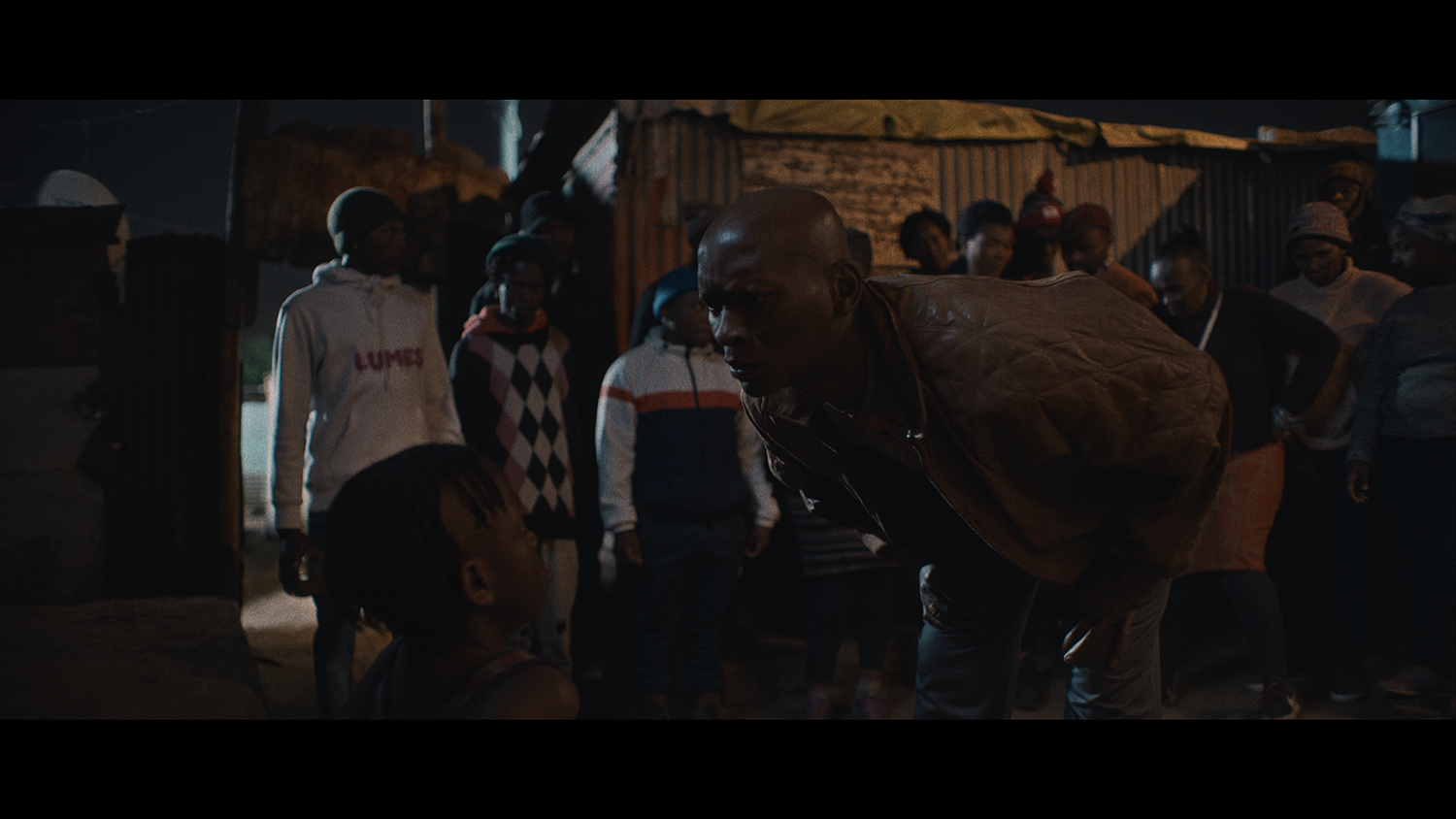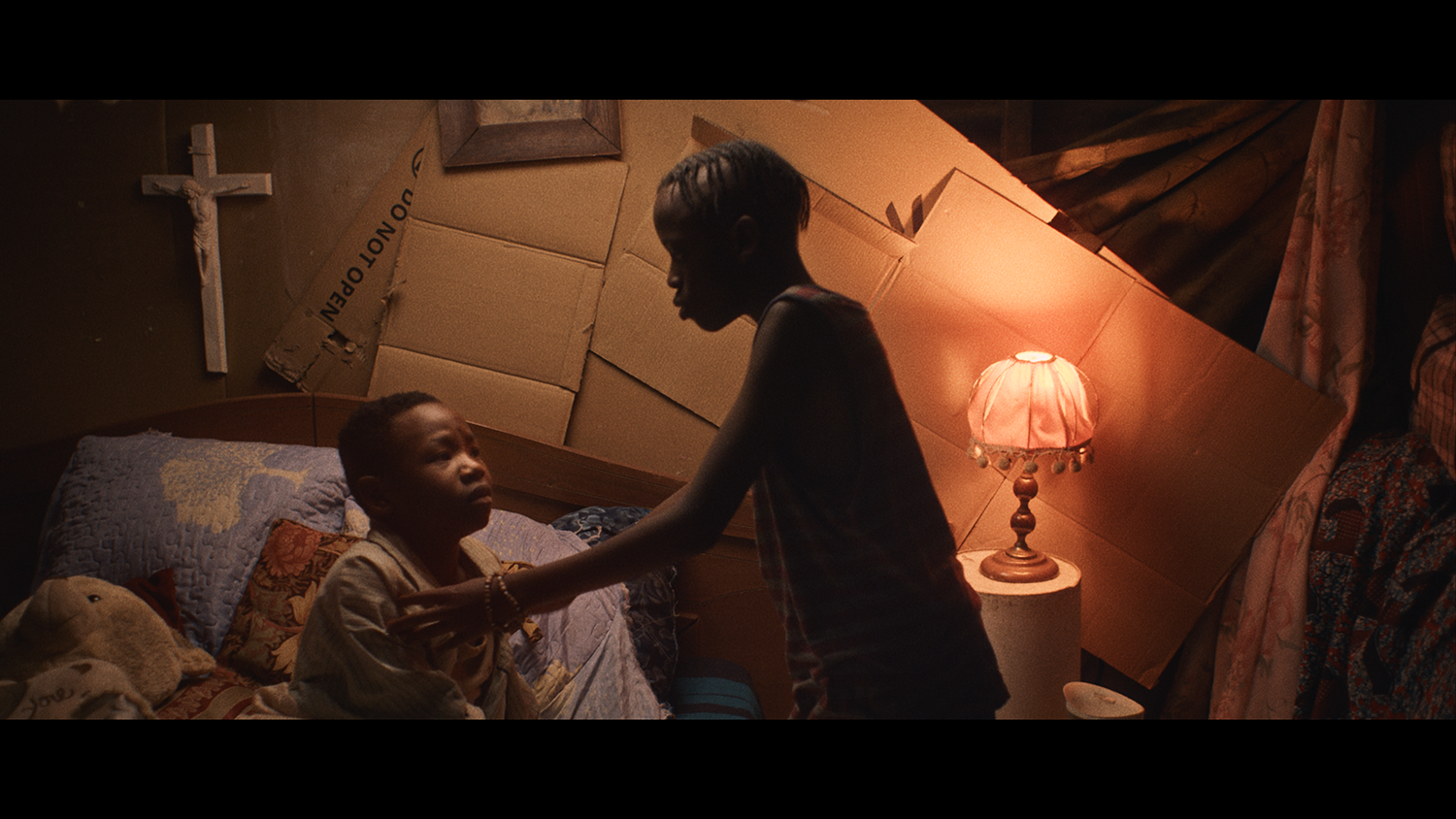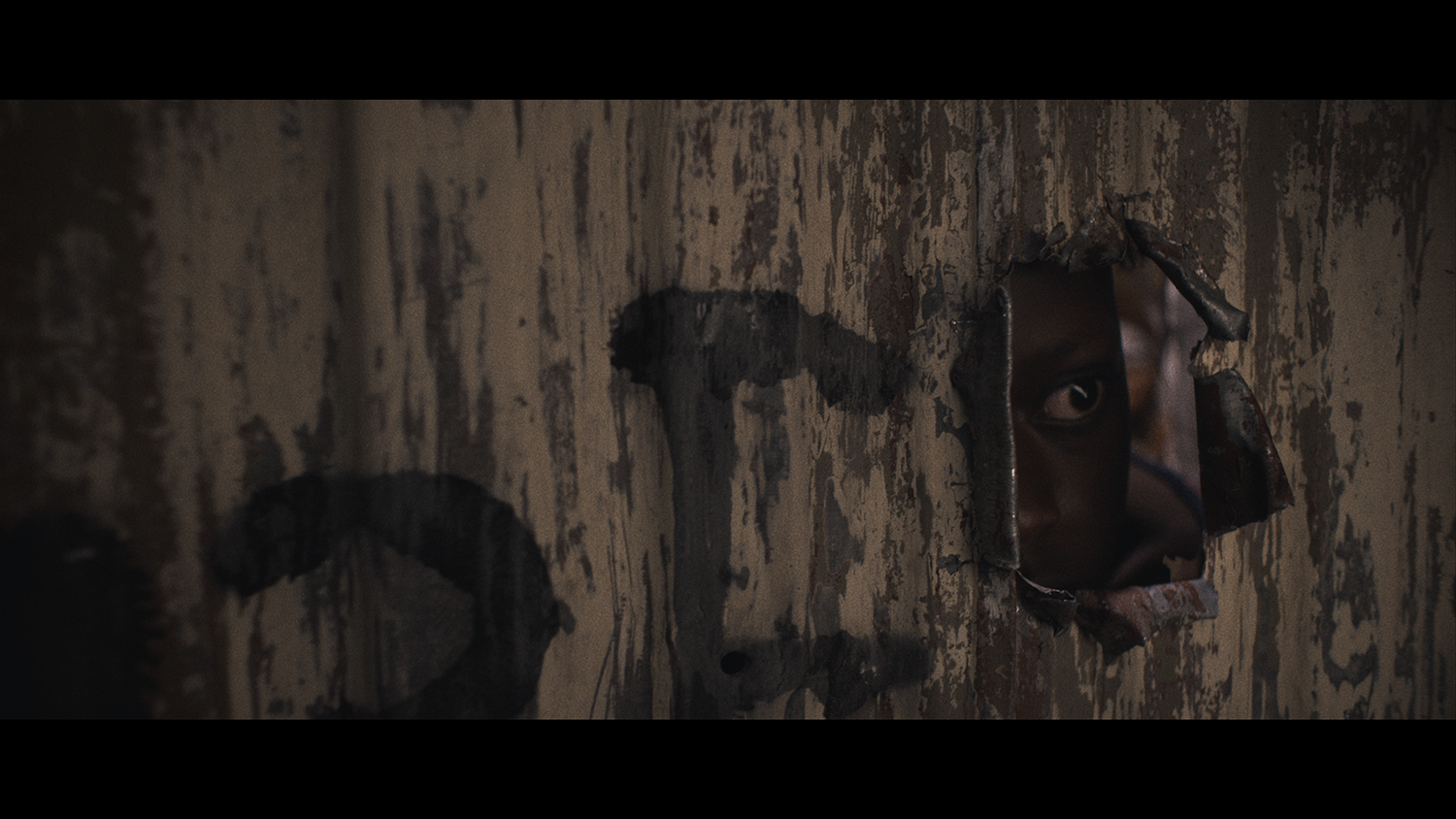



Independent short film: Amazeze
In director and screenwriter Jordy Sank’s Amazeze, a young Zimbabwean boy living in a South African township risks his life to fetch safe drinking water for his bedridden younger brother. At the same time, a xenophobic mob runs rampant in the streets.
Sank, known for his feature documentary I Am Here, as well as his feature film debut Die Kwiksilwers, tells us more about how this deeply moving film came to life.
The story of Amazeze is so incredibly timely, whilst also being a realistic and unsettling depiction of township life for foreigners. Why did you want to tell this particular story?
It’s a story that’s been with me for quite a while, especially after seeing the flare-ups in violence, specifically in Johannesburg, just a few roads down from where I stay in quite a suburban area. I was hearing about these foreign shopkeepers near me who were being targeted by vigilante mobs. I was working with a human rights activist at the time who then took me to downtown Johannesburg, where a market was burned down.
I was walking through this market of mostly foreigners’ shops, and saw the absolute devastation, the desperation. It moved me so much that I decided to create something that would serve as a crucial catalyst for conversation. That is where Amazeze stemmed from.
How did Tonderai’s story then take shape?
The activist that I was working with was also a teacher at a school, so I had unique access to speak to some of the non-South African kids, to hear their stories of what they saw their parents going through and what was happening around them. This shaped the foundation of the story.
We were very lucky that the film got into the Talents Durban training and development programme in 2022, where we workshopped the story. Then we were selected to pitch it in France at La Petite Fabrique, an international residency for African filmmakers in 2023. So, the project very organically ended up taking shape from all of that.
The story is told from Tonderai’s perspective. Why did you decide to make a young child’s point of view the lens for the story?
Because children are innocent. They shouldn’t be dragged into this intolerance, this hate, and this experience in any way, shape, or form. But also, what’s really beautiful in the film is the relationship that forms between Tonderai and the South African child. It’s that child-like innocence of just seeing another kid as a human being. Understanding that they might have the same dreams or aspirations, or just want to play soccer. Seeing the film through a child-like lens just opens up the story more.
How did you end up casting the young brothers?
We worked with a company in Johannesburg called Actors Spaces which is really fantastic, especially in finding unknown talent. They were really at the helm of finding these young boys, Brandon Matizanadzo and Kupakwashe Makhuyana, who were just phenomenal. We went through many rounds of casting and screen-testing, and the kids that we found are going to be big talents one day. They were really so extraordinary.
The film takes place at night, and you use long, extended takes which add to a very claustrophobic and anxious atmosphere. Could you tell us about the setting and your decision to lean into extended takes?
We shot everything in Kliptown, Soweto, and it was quite amazing, because a lot of the community came together to be involved as extras or as security. We found a really amazing part of the township to film in, and what I loved about it was how it felt like a maze, and this young child had to almost run through the shadows like a rodent, trying not to be caught and not knowing what was around each turn.
In terms of the oner (extended take) – I had the idea to do the film as an oner way back in 2022 when I pitched it at Talents Durban. Sometimes, cutting (a take) in a film gives the audience a reprieve; it allows them to take a breath. But I wanted this to be a slice of life moment that you couldn’t just cut away from. You are there with Tonderai. With every turn, you have to wait to see what he sees, experiencing what he does. It drags out the tension. It wasn’t all done as one take, though – we found specific little cutting points to hide the cuts.
It’s shot at night, there are kids involved, a dog in some scenes – a lot of challenges to juggle. How did you manage?
We had a fantastic team. I’ve worked with our DOP, Rick Joaquim, for quite a while, and we had an amazing camera operator, Hanru Reyneke, who does a lot of the bigger productions in South Africa. It was phenomenal to work with them. We were very meticulous in our planning. The night before the shoot, we had the main actors come to set, and we blocked out some of the action. We only had one night to shoot everything, which was quite crazy, and it was only achievable because we had so carefully planned the shoot.
The film is character-first rather than message-first in its approach, much like your other films. Why is it important for you to tell that type of story?
It’s why I love making films. When you can go on a journey with a character and see the world through their eyes and go through their ups and downs with them, the perspective that you can gain is just so much more hard-hitting. We could have very easily made this film a documentary that focused on a real-life story or on the xenophobic movements that are bubbling up all around South Africa, but I think seeing this through a child’s eyes, and having this harrowing experience through this child – I think it really opens your eyes. I really hope that the film will spark a bigger conversation about xenophobia and othering.
